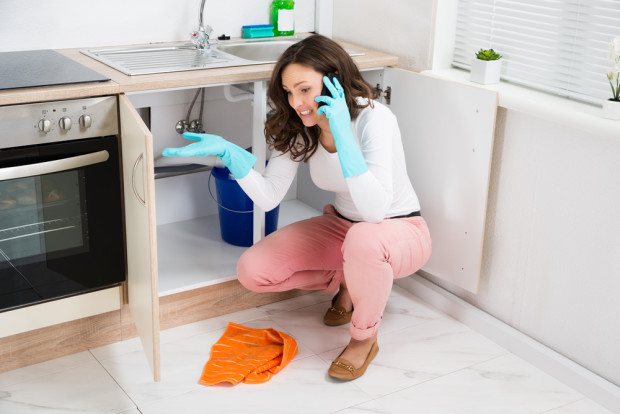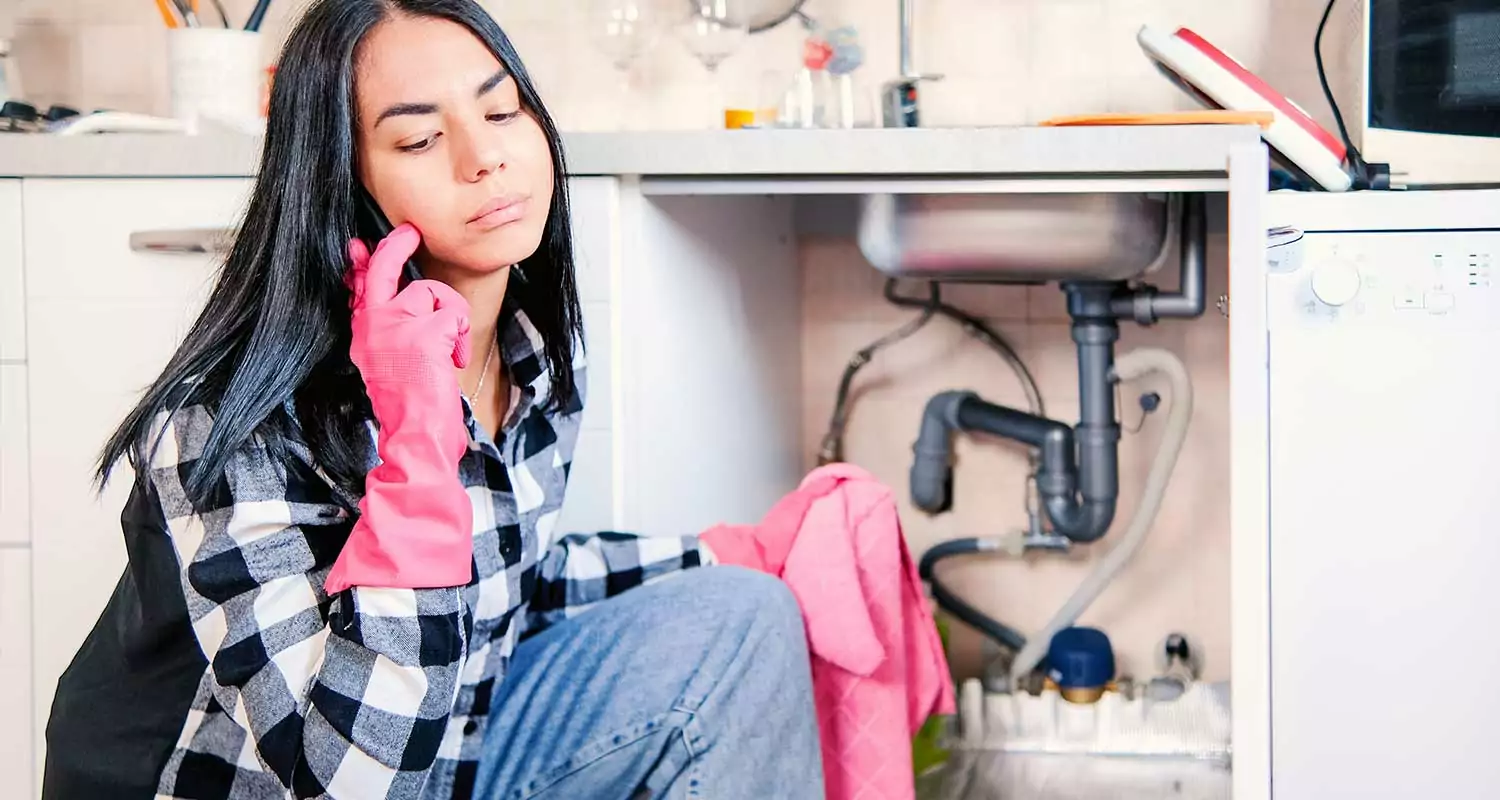Deciding When to DIY and When to Call Professional Plumbers
Deciding When to DIY and When to Call Professional Plumbers
Blog Article
This post down the page about When to DIY and When to Call in the Plumbing Pros is highly captivating. Check it out yourself and decide what you think of it.

Intro
Pipes concerns can vary from small hassles to major migraines, usually triggering house owners to make a decision in between dealing with the issue themselves or employing an expert plumbing. Knowing when to do it yourself and when to seek expert aid can save time, cash, and prevent possible catastrophes. This article checks out the factors to take into consideration when making this important choice.
Benefits of DIY Plumbing
Taking on pipes tasks yourself can be fulfilling in a number of methods, especially for less complex projects.
Expense Financial savings
DIY plumbing jobs usually conserve money by preventing professional service charge. Jobs like repairing small leaks, replacing taps, or setting up brand-new showerheads are examples where house owners can handle repairs without employing a plumbing.
Skill Enhancement
Participating in DIY plumbing supplies a possibility to find out and enhance practical abilities. Fundamental tasks empower home owners to comprehend their plumbing systems far better and acquire confidence in taking care of small repairs separately.
Risks of DIY Pipes
While DIY jobs offer advantages, certain dangers need to be thoroughly taken into consideration before attempting repair services.
Complexity of Tasks
Some pipes issues require specific expertise and devices past common property owner capacities. Mishandling complicated troubles can lead to further damages and pricey repairs.
Security Worries
Working with plumbing systems involves risks such as direct exposure to water damage, potential for electrical hazards, and handling tools incorrectly. Safety precautions have to be observed to stop crashes and make certain reliable repair services.
Indicators to Call a Professional Plumbing Technician
Acknowledging when a plumbing concern surpasses DIY capacities is critical to avoid intensifying problems.
Indicators of Complex Concerns
Examples include:
Motivate professional intervention is needed to attend to these concerns effectively and reduce damage.
DIY Plumbing Tips
For effective do it yourself pipes, it's essential to be prepared with the right devices and comply with proper procedures.
Standard Tools and Products
Key tools for DIY plumbing:
Step-by-Step Guides
Clear directions ensure risk-free and efficient DIY repairs:
Picking the Right Time to Do It Yourself
Identifying when to tackle pipes tasks yourself calls for evaluating both the intricacy of the problem and personal convenience levels.
Assessment List
Think about:
When to Absolutely Call a Specialist
Certain circumstances require immediate professional attention to prevent considerable damages or security hazards.
Examples consist of:
Searching for and Working With a Specialist Plumbing Professional
Picking a qualified plumber makes certain reliable solution and satisfaction in solving plumbing problems.
Criteria for Choice
Variables to think about:
Cost Analysis: DIY vs. Expert Services
Comparing the monetary ramifications of do it yourself initiatives versus specialist pipes solutions aids in making notified decisions.
Financial Considerations
Examine:
Verdict
Determining whether to do it yourself or call an expert plumbing rests on understanding the intricacy of plumbing concerns and individual capabilities. By considering the advantages and dangers, house owners can make educated selections that advertise effective maintenance and secure their homes from plumbing disasters.
DIY Plumbing Projects: What Homeowners Can Do and When to Call a Professional
Welcome to our comprehensive guide on DIY plumbing projects. In this blog post, we aim to empower homeowners with the knowledge and skills to tackle basic plumbing tasks around the house. From unclogging drains to fixing a leaky faucet, we’ll walk you through step-by-step instructions on how to handle these common issues.
However, not all plumbing problems can or should be solved with a DIY approach. Recognizing when a problem is beyond your skill level and requires professional intervention is just as important as knowing how to perform basic tasks. We’ll also discuss the signs that indicate it’s time to put down your tools and pick up the phone to call a professional plumber. By understanding when to DIY and when to call a professional, you can save time, avoid potential disasters, and ensure your home’s plumbing system remains in top shape.
Understanding Plumbing Basics
Before we dive into the DIY projects, let’s take a moment to understand the basics of your home’s plumbing system. A typical residential plumbing system consists of two major components: the water supply system, which brings fresh water into your home, and the drainage system, which removes waste water. These systems are made up of a network of pipes, valves, and fixtures that work together to deliver clean water and dispose of waste efficiently.
Regular maintenance of your plumbing system is crucial to prevent minor issues from escalating into major problems. This includes tasks like checking for leaks, removing minor clogs, and ensuring your pipes are insulated for winter. By performing these tasks regularly, you can extend the lifespan of your plumbing system, save money on water bills, and maintain the comfort and hygiene of your home.
In the following sections, we’ll explore some common DIY plumbing projects that homeowners can handle, as well as situations that require the expertise of a professional plumber. Whether you’re a seasoned DIY enthusiast or a beginner, this guide will provide you with valuable insights into the world of home plumbing.
DIY Plumbing Projects Homeowners Can Handle
Plumbing may seem intimidating, but there are several tasks that homeowners can confidently tackle with a little guidance and the right tools. Here are a few common issues you might encounter and how to address them.
Unclogging Drains
Use a Plunger: This is your first line of defense. A good old-fashioned plunger can dislodge the obstruction and clear the drain in many cases. Try a Plumber’s Snake or Hand Auger: If the plunger doesn’t work, a plumber’s snake or hand auger can reach deeper into the pipe to break up the clog. Use a Drain Cleaner: If physical methods fail, a chemical drain cleaner can dissolve the clog. However, use these products sparingly as they can damage your pipes if overused.

As a person who reads about When to DIY and When to Call a Professional Plumber, I imagined sharing that piece of content was really helpful. Sharing is good. Helping others is fun. Thank you for your time invested reading it.
Click Here Report this page